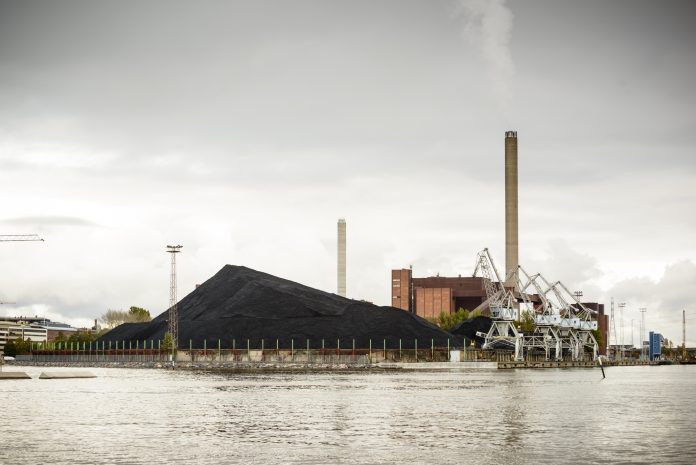On April 1st, 2025, Finland officially closed the Salmisaari coal power plant in Helsinki, marking an essential moment in the country’s energy history
By doing this, Finland lowered its reliance on coal for power generation to below 1%, an achievement that reached four years ahead of schedule.
The closure is part of other efforts by the Finnish government to phase out coal completely by 2029, transitioning to cleaner and more sustainable energy sources, primarily wind power.
Finland’s transition into cleaner energy
Over the past two decades, Finland has made substantial progress in reducing its use of coal.
In 2003, coal accounted for 23% of Finland’s energy mix. By 2025, that figure has dropped to less than 1%. The country’s commitment to a clean energy future has been driven by government policies and market forces, resulting in a rapid shift towards renewable energy sources, especially wind power.
Since 2020, Finland’s wind capacity has more than doubled, making up 25% of the country’s electricity generation.
The transition away from coal has reduced Finland’s carbon footprint and has also enhanced the country’s energy security and independence. Finland has previously heavily relied on imported coal, much of it from Russia. Now, with a greater focus on wind energy, the country is more self-sufficient, bolstering its energy security while contributing to its broader climate goals.
The economic benefits of this transition
The shift to renewable energy has attracted a lot of investment, with clean energy projects becoming increasingly attractive to companies looking for sustainable power sources.
This has led to new industrial investments in Finland, especially in sectors that require large amounts of clean electricity, further boosting the country’s competitiveness in the global market.
Phasing out coal power
The success of Finland’s coal phase-out is the result of a comprehensive and proactive approach.
In 2016, the government committed to ending coal-based power production. This was followed by Finland’s membership in the Powering Past Coal Alliance in 2017, an international initiative to support countries in transitioning away from coal.
In 2019, Finland passed a law that mandated the complete phase-out of coal by 2029. The government also implemented various support schemes, including an incentive package encouraging companies to shift away from coal, and funding for innovative energy technologies.
Finland’s achievements are part of a larger global trend where many developed nations are moving away from coal. Last year, the United Kingdom completed its historic phase-out of coal power, and many other OECD countries followed suit. Today, 14 OECD nations operate coal-free power systems, with another 13 countries aiming for coal phase-out by 2030.
The success of Finland’s transition acts as an example for other nations. As the deadline for updated Nationally Determined Contributions (NDCs) approaches in 2025, governments worldwide can commit to further reductions in coal use.
By pledging to phase out coal and prioritise renewable energy, countries can attract the investments needed to accelerate the clean energy transition, reduce energy costs for consumers, and improve national energy security.
The Finnish case shows how a clear, long-term policy commitment can successfully drive the shift from fossil fuels to clean energy. As more nations commit to reducing their reliance on coal, the global push for renewable energy grows stronger, creating a cleaner, more sustainable energy future for all.











